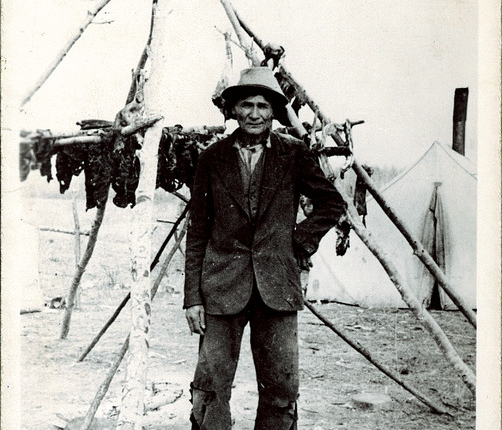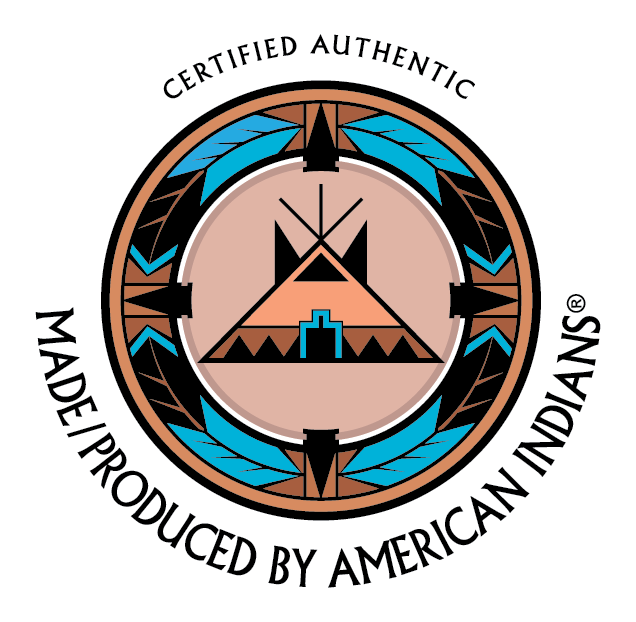Pemmican Originates from Northern Tribes
There seems to be some argument about who is responsible for the “invention” of pemmican, but it’s probably safe to say that it originates from the northern tribes of the current United States (Minnesota, North Dakota and Montana), as well as from the southern provinces of current day Canada. The Ojibway, Cree and the Algonquian-speaking tribes call it Pimikan, meaning “manufactured grease.” The Lakota (Sioux) called it wasna (‘wa’ meaning “anything” and ‘sna’ meaning “ground up”). Pemmican could be made of virtually any lean, dried protein, including fish. Bison was used most often, before being hunted to near extinction.
Proclamation Nearly Causes War with Metis’ Nation
This vital food was traditionally used by indigenous people of the Northern Woodlands and Plains as both a travel and survival food. It was introduced to the fur trade industry in 1779 and became a key advantage to the North West Company in their competition with the Hudson’s Bay Company. Posts along the Red River, Assiniboine River, and North Saskatchewan River were devoted to acquiring pemmican from indigenous peoples living in the region, as well as the Métis (blended culture of European and Native descent).
Métis traveled onto the prairie in Red River carts, where they harvested bison, converted the meat into pemmican, and shipped it in bags to fur trading posts. Pemmican was sufficiently important to the regional economy that, in 1814, Governor Miles Macdonell passed the disastrous but short-lived Pemmican Proclamation, which forbade the export of any food supplies, including pemmican, from the Red River Colony, nearly starting a war with the Métis.




